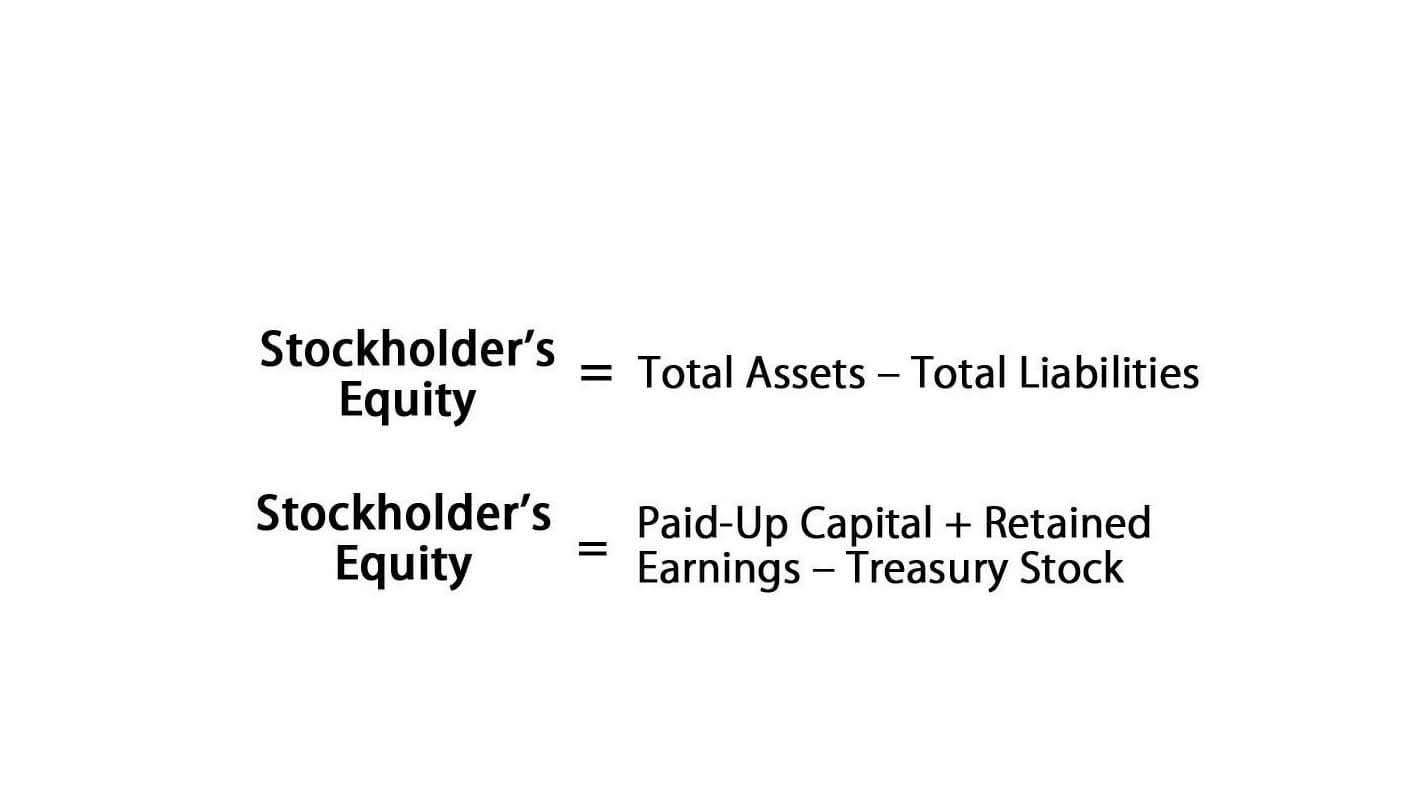
Today, no U.S. government entity can freely invest in a strategic project in a high-income country, handcuffing the United States in competition abroad with China in the fields of economics and technology. It’s the brainchild of the Financial Accounting Standards Board (FASB) and the Governmental Accounting Standards Board (GASB). All publicly traded companies and any entity that releases its financial statements to the public is required by U.S. law to adhere to GAAP financial and accounting standards. Government and nonprofit financial statements can typically be found on the organization’s website or you can call them and request a copy. This update emphasizes distinguishing between conditional and unconditional contributions. Conditional contributions, dependent on specific conditions, are recognized as revenue only when conditions are met.
Module 6: Accounting and Financial Reporting for Nonprofit Organizations Part I

Keeping an accounting text up-to-date can be challenging because accounting standards-setters are invariably working on new standards while the text is being written. This edition takes account of all standards issued by the Governmental Accounting Standards Board through GASB Statement No. 87 and even refers to statements in progress while the text was being written. Non-Government Organization sector is an important part of any country since this sector has noble intentions of serving the society. In present scenario, Accounting for NGO is the emerging area of accounting because this sector is the fastest growing sector of our country’s economy and there is lot of employment opportunity for accountants in this sector. Importance of books of accounts for an NGO may be even more than that of a business organization, since they are using the public money needed to be utilized in most proper way.
- These tools provide real-time data analysis, enabling organizations to make informed decisions and adapt to changing circumstances.
- In addition, the authors explain the thought process used to solve the guided examplesin avideo available on Cambridge BusinessPublishers’ online homeworkplatform, myBusinessCourse.
- The Statement of Cash Flows illustrates cash inflows and outflows from operating, investing, and financing activities, providing a clear picture of liquidity and financial flexibility.
- For instance, a nonprofit might analyze its current ratio to assess short-term financial health and determine whether it has sufficient liquid assets to cover immediate liabilities.
Example of the Road Map & video features available for each chapter.

According to William & Mary’s AidData research lab, total outstanding cross-border credit from China to low-income, middle-income, and high-income countries is worth at least $2.6 trillion. The below chart illustrates that even if Congress appropriated a trillion dollars to create a sovereign wealth fund, it would not improve the United States’ fiscal picture. Given the steep climb it would be to prove that the organization has strayed from its educational mission, and not just taken some actions the White House dislikes, we find it hard to imagine a viable path toward the IRS revoking Harvard’s charitable status.
Learn More About Nonprofit Accounting Software Training Today

GASB Statement No. 34 requires governments to present both fund-based and government-wide financial statements, providing a comprehensive view of financial health. This dual perspective helps stakeholders understand both short-term financial positions and long-term fiscal sustainability. This Bookkeeping for Consultants classification system helps nonprofits manage donor expectations and ensures that funds are used according to donor intentions.

- This text has a “continuing problem” for instructors who like to reinforce the discussion of accounting principles with problems that carry throughout the text.
- For instance, a quarterly report might reveal that a state government has reduced operating expenses by 5% through strategic cost-cutting measures, freeing up resources for critical public services.
- This comparative analysis helps identify areas of strength and opportunities for improvement, guiding strategic planning and resource management.
- The balance sheet and statement of net position offer insights into the government’s financial standing, including assets, liabilities, and net position.
- Donating money blindly without making sure that it’s getting to those who need it is the same.
- Government and nonprofit accounting ensures transparency, accountability, and efficient resource use.
Chapter 16 is comprehensivein its coverage of auditing the wide range of governmental and nonprofit organizations covered throughout the text.Illustrations in this chapter also use real examples of audit reports andfindings. Internal controls form the foundation of a nonprofit’s financial integrity, safeguarding assets and ensuring the accuracy of financial reporting. These controls encompass a range of policies and procedures designed to prevent errors and fraud while promoting operational efficiency. Implementing robust internal controls is paramount for maintaining stakeholder confidence and securing long-term sustainability. Cost allocation methods ensure that shared expenses are distributed fairly among various programs or departments within an organization. These methods help organizations assign indirect costs, such as administrative salaries or utilities, to the appropriate cost centers.
Synthetic diamonds are used to coat the cutting tools used to slice extremely hard metals. These tools are essential to building advanced aircraft, weapons platforms, and other advanced industrial products. This equipment technology, originally invented in the United States but now almost entirely produced in China at a fraction of the cost, could be bookkeeping critical to U.S. national and economic security in a conflict. Ultimately, any realistic proposal to create a sovereign investment vehicle will require new appropriations from Congress. It’s madness to not look at a governmental financial statement just as you would for any other substantial investment given the amount of money you pay in taxes.

Finally, we designedthe end-of-chapter questions,exercises, problems,and cases specifically to help students better understand the material covered in our text. Governmental accounting is generally taught after students have learned the theory of accrual accounting and the journal entries needed to record accrual-related transactions and events. Because of this, some students have difficulty grasping both the concepts underlying the modified accrual basis/financial resources measurement focus used in governmental-type funds and the accounting and financial reporting implications.
Navigating Government and Nonprofit Financials
- The Statement of Activities, similar to an income statement, details revenues and expenses over a reporting period.
- Employing effective cost allocation techniques is essential for accurate financial reporting and informed decision-making.
- The IRS allows you to claim a tax deduction of up to 100% of your adjusted gross income (AGI) or the amount of your cash contribution, whichever is greater, if you give to a qualified organization.
- To enliven the text, we include a special feature that we call Governmental (or Nonprofit) Accounting in Practice, Federal Financial Reporting in Practice,and Auditing in Practice.
- Implementing cost allocation software like Prophix or IBM Planning Analytics facilitates these processes, enabling accurate cost allocation and streamlined financial reporting.
- Regular financial reports, such as budget-to-actual reports, offer insights into the organization’s financial health.
- On the other hand, voter education or registration activities with evidence of bias that (a) favor one candidate over another, (b) oppose a candidate in some manner, or (c) favor a candidate or group of candidates, constitute prohibited participation or intervention.
Nonprofits operate in a dynamic environment where funding, regulations, and community needs evolve, requiring a strategic approach incorporating financial analysis, risk assessment, and stakeholder engagement. Government entities must comply with statutory budgetary limits and procurement regulations, while nonprofits adhere to donor-imposed restrictions. 26 U.S.C. § 170 provides a deduction for federal income tax purposes, for some donors who make charitable contributions to most types of 501(c)(3) organizations, among others. Regulations specify accounting for governmental and nonprofit organizations which such deductions must be verifiable to be allowed (e.g., receipts for donations of $250 or more). A 501(c)(3) organization is a United States corporation, trust, unincorporated association or other type of organization exempt from federal income tax under section 501(c)(3) of Title 26 of the United States Code. Unlike some peer institutions, the fund should not take on infusions of outside capital in order to maintain its independence.

Leave a comment